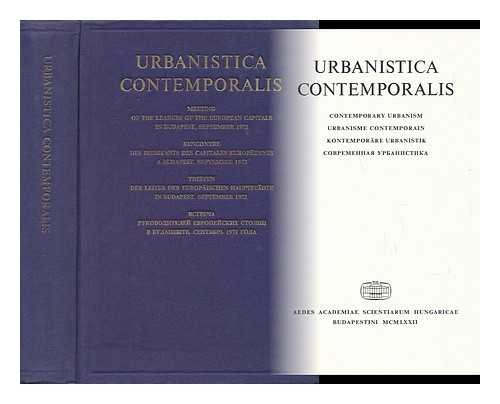What do you think?
Rate this book


Hardcover
First published January 1, 1973
I know which line of Andrew Wyeth’s I’m adopting. “Blank brains.”
“You see, I don’t say, ‘Well, now I’m going to go out and find something to paint.’ To hell with that. You might just as well stay home and have a good glass of whisky. Really, I just walk a great deal over the countryside. I try to leave myself very blank—a kind of sounding board, all the time very open to catch a vibration, a tone from something or somebody. […] I call it blank brains.”
That’s something I need lately, which is one reason it’s the new year and I’m reading books on Wyeth. Last January it was Walt Whitman; before that… still Whitman, I think. They do the same things with their work: they walk, they slow down, they clear away, they see.
For years, Wyeth has been my favorite painter, since I first saw one of his paintings and paused and went back and stared. It was Wind from the Sea, which now hangs in my bedroom. And then Snow Flurries got to me; Pentecost after that. One of his paintings with the big white box house. (Probably Evening at Kuerners?) Something was up. What he painted was spooky. Even commonplace things had an off-kilter vibe. He liked leaving things out of pictures; he liked empty spaces and ghosts.
I think this book might be the first text on Wyeth I’ve read that validates those opinions. Usually—at least in whatever art history textbooks I had back in the day—he was praised for his realism or his melancholy and Americana. This book is about the weird Wyeth—dare I say the real Wyeth. Definitely the Wyeth that’s kept me staring at paintings until the thing that I’m seeing is not what I’m seeing at all.
The book is also incomplete. There are no Helgas; none of his later, arguably greatest work. It’s the early years and the Olsons and the Kuerners, when he was most out of sync with what the art world was doing, before he changed some of what the art world was doing because he made too many people stop, turn back, and stare. That’s why I like this book, incomplete as it is. I like out-of-sync Wyeth, I like deep sparks and blank brains and witchcraft. I like October and January and things that make me see.
Some quotes I keep circling back to:
“I think a lot of people get to my work through the back door. They’re attracted by the realism, then begin to feel the abstraction. They don’t know why they like the picture. Maybe it will be sunlight—like Ground Hog Day—hitting on the side of the window. They enjoy it because perhaps it reminds them of some afternoon. But to me the sunlight could just as well be moonlight as I’ve seen it in that room. Maybe it was Halloween—or a night of terrible tension, or I had a strange mood in that room. There’s a lot of me in that sunlight an average person wouldn’t see. But it’s all there to be felt.”
“You look at my pictures— Christina’s World, The Patriot, Miss Olson—there’s witchcraft and hidden meaning there. Halloween and all that is strangely tied into them.”
“People talk to me about the mood of melancholy in my pictures. Now, I do have this feeling that time passes—a yearning to hold something—which might strike people as sad. And I grant you, my things aren’t high key in color or joyous or Renoiresque or Frenchy—which is what a lot of people want today—the visual cocktail. I think the right word is not ‘melancholy,’ but ‘thoughtful.’ I do an awful lot of thinking and dreaming about things in the past and the future—the timelessness of the rocks and hills—all the people who have existed there. I prefer winter and fall, when you feel the bone structure in the landscape—the loneliness of it—the dead feeling of winter. Something waits beneath it—the whole story doesn’t show. I think anything like that—which is contemplative, silent, shows a person alone—people always feel is sad. Is it because we’ve lost the art of being alone?”
“Now, there’s nothing I like better than fire. God, I came from a father who was blood and guts. But the danger today is that the cheap spark is apt to catch on quicker than the deep spark, the subtle spark.”
“I couldn’t get any of this feeling without a very strong connection for a place. Really, I think one’s art goes only as far and as deep as your love goes. I don’t paint these hills around Chadds Ford because they’re better than the hills somewhere else. It’s that I was born here, lived here—things have a meaning for me.”
“I don’t feel for a minute that other artists should run their lives like I do, but you do have to protect yourself, and everything we do is either going to take away or give. Robert Frost’s life is a very good example. His later poems are not the important ones. He stopped living the thing that nourished him. That’s the great danger of success and why I refuse to go places. If I’m worrying, have I got a dinner jacket or, gosh, I’ve got to buy some tickets for an airplane to get me to Chicago—boy, that kind of thing just absolutely flattens me out.”
“I haven’t yet plumbed the depths of what’s around me, so why shouldn’t I stay in one place and dig a little deeper?”